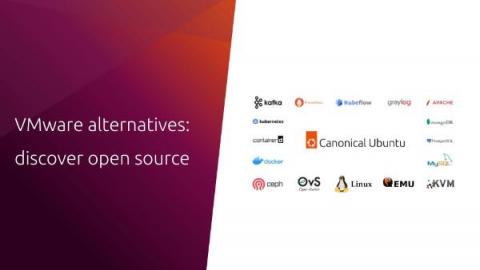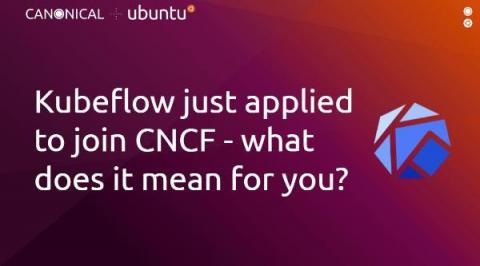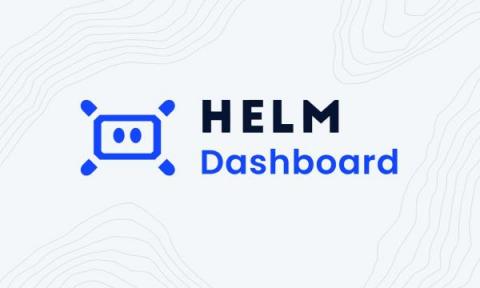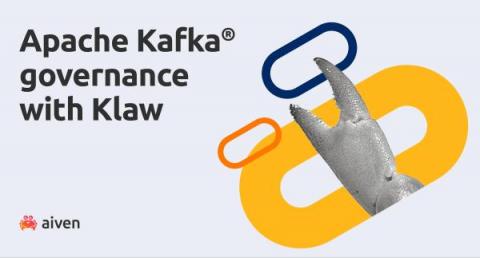VMware alternatives: discover open source
Think open source – the world’s leading software portfolio. Open-source software enables you to build fully functional virtualisation and cloud infrastructure while ensuring total cost of ownership (TCO) reduction and business continuity. In this blog, we will walk you through the open source ecosystem. We will help you understand how it differs from other VMware alternatives by answering five common questions.











